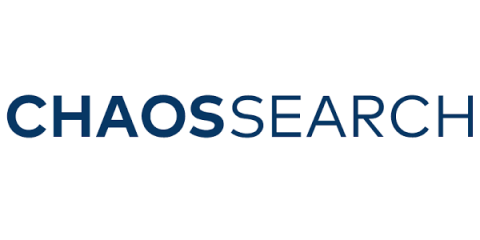Solving the Search & Analytics Challenge on Cloud Storage at Scale
I have been super fortunate to work with incredibly innovative, talented teams that create powerful technology to help manage the world's data. When I met with Thomas Hazel, CHAOSSEARCH founder and CTO, and Les Yetton, CHAOSSEARCH co-founder and CEO to talk about CHAOSSEARCH — scalable, performant text search to your object storage without having to move any data — I knew it was special and was eager to join.











